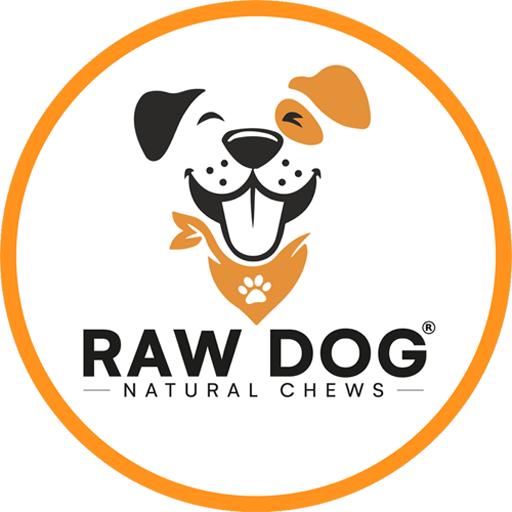Most dog parents have, at one point, found something of theirs chewed beyond repair.
Perhaps it occurred when your furry friend was new to the family, and you were still attached to the pair of Italian leather boots, one of which had just become a chew toy. Or possibly your grown dog, upset by a change in his routine, released his frustration by tearing his bed into a hundred polyester pieces.
That’s what dogs do. Puppies chew to soothe the pain of growing teeth. Mature dogs chew to keep their jaws strong, teeth clean, and gums healthy. Bored dogs chew to relieve their boredom and to get attention.
But chewing serves another purpose. For many dogs, it helps alleviate stress and anxiety. For example, dogs who suffer from separation anxiety often chew when left home alone. Some dogs have been known to chew around doors or windows to “get out” and lessen their stress if not confined to a crate.
How chewing works
The act of chewing causes the dog’s pituitary gland to release endorphins into the brain. Endorphins are hormones the body produces that create a sense of calm and happiness. They have been called the “body’s natural painkillers” because of their ability to relieve pain and induce a natural “high.”
Like they do in humans, endorphins produce a calming effect in dogs. Chewing becomes the canine version of “self-medicating” to release anxiety or frustration.
The dos and don’ts of unwanted chewing
Suppose you return home to find your new chair missing its cushiony seat and your dog covered in the white polyester stuffing. Chances are you aren’t interested in what chemicals this act released in Fido’s brain. You just want him to stop chewing on your home decor. Following are some tips for ending destructive chewing.
First, find out why your dog is chewing. Is the dog a puppy, chewing to relieve the pain of incoming teeth? Does he get sufficient exercise? Does he only chew when he’s left alone in the house or car?
Chewing is a natural behavior for both wild and domestic dogs. Dogs, particularly puppies, explore the world with their mouths. Punishing your dog for natural behavior is useless at best and unkind at worst.
Instead, it is your responsibility to provide him with appropriate items to chew and teach your pup what is okay to chew and what is not.
Helpful tips to end destructive chewing
- Set your dog up for success by putting away any items you do not want your dog to chew. Put them in a closed closet or on an upper shelf out of paw’s reach.
- Provide your dog with plenty of physical and mental stimulation. Make sure Fido gets daily walks or runs. When you have the time, lengthen the walks or explore new places.
- Add some interactive toys to your dog’s routine. Some toys drop kibble when the dog moves them in specific directions.
- Give your dog plenty of his toys to chew. These should include edible and inedible toys.
- Praise your dog for playing with his toys and chews.
- Pay attention to the toys/chews that keep your pup occupied for long periods so you can continue to offer those.
- Opt for healthy chew items such as collagen chews over rawhide chews. Rawhide chews contain toxic chemicals used in the manufacturing process, while collagen products improve your dog’s joint health, skin, coat, nails, and digestion.
- Determine the time of day or circumstances when your dog is likely to chew and offer him an appropriate chew at that time.
- Give your dog only edible chews sold specifically for chewing, such as bully sticks, pig ears, beef chews, beef bones, and pork chews. Do not offer your dog cooked bones or bones from leftover human food. These can splinter off and injure your dog.
- Keep an eye on your dog whenever he is chewing on a new chew or toy so you can be sure he doesn’t choke.
Why punishment will not work
- Dogs don’t remember what they did 30 minutes ago. They live in the present. No matter how guilty your dog looks, punishing him for something that already happened won’t make sense.
- Chewing is a natural dog behavior. If you punish a dog for an instinctual behavior, another behavior will take the place of chewing.
We want our furry friends to be happy and confident. Unfortunately, we can’t stay home with them every day (although sometimes we’d like to) just to keep their anxiety at bay. But with patience and repetition, we can teach our furry best friends what behavior is and is not acceptable.
We can also choose appropriate, natural chews and toys to keep them stimulated and healthy. Chews-Wisely™
Sources:
https://vcahospitals.com/know-your-pet/dogs-and-destructive-chewing
https://www.aspca.org/pet-care/dog-care/common-dog-behavior-issues/destructive-chewing#
http://www.balancebehaviour.org/
https://www.health.harvard.edu/mind-and-mood/endorphins-the-brains-natural-pain-reliever
https://yourdogsfriend.org/
RSPCA Qld Animal Training & Behaviour Centre 3 Chewing and Destructiveness 13.doc
https://www.aspca.org/pet-care/dog-care/common-dog-behavior-issues
https://www.aspca.org/pet-care/dog-care/common-dog-behavior-issues/separation-anxiety

